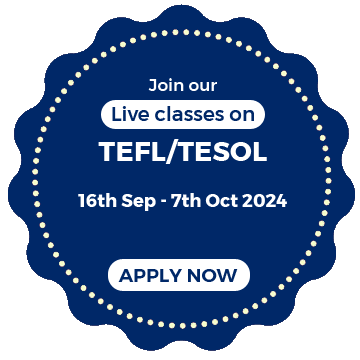

21st-Century Teaching Strategies-Engaging Education for the New Generation
Course Fee: INR 9999 | $ 125 US Duration: 140 hours or 6 months
Fast Track Mode fee
INR 4000 | $ 50 US
In the 21st century, education has undergone significant changes, and teaching strategies have evolved to engage the new generation of learners who are growing up in a digital and interconnected world. American College of Teachers and Trainers have designed a course of 21st-Century Teaching Strategies that can help create an engaging and meaningful learning experience for the new generation.
Below is an outline of the possible components of such a program:
Incorporate Technology:
Embrace technology as a tool to enhance learning. Integrate interactive whiteboards, educational apps, virtual reality experiences, and online resources into lessons. Technology can make learning more dynamic, relevant, and enjoyable for students.
Personalization and Differentiation:
Recognize that each student has unique learning needs and preferences. Employ differentiated instruction, allowing students to explore topics in ways that resonate with their interests and learning styles.
Project-Based Learning (PBL):
Encourage students to tackle real-world problems through PBL. This approach fosters critical thinking, collaboration, and creativity as students work together to find solutions and create tangible outcomes.
Flipped Classroom:
Flip the traditional classroom model by having students study course materials at home through videos, readings, or online resources. Classroom time can then be utilized for discussions, hands-on activities, and problem-solving.
Gamification:
Integrate elements of gaming into the learning process. Use game-based learning platforms or design educational games to increase motivation, engagement, and knowledge retention.
Inquiry-Based Learning:
Encourage students to ask questions, investigate, and explore topics of interest. This approach stimulates curiosity and instills a sense of ownership over their learning journey.
Collaborative Learning:
Promote group work and collaborative projects. Students can learn from their peers, share ideas, and develop essential teamwork and communication skills.
Authentic Assessment:
Move away from traditional standardized testing and incorporate authentic assessments that evaluate real-world skills and knowledge. Portfolios, presentations, and project demonstrations are examples of authentic assessment methods.
Global and Cultural Awareness:
Foster an understanding of global issues and cultural diversity. Incorporate diverse perspectives and experiences into lessons to prepare students for an interconnected world.
Social-Emotional Learning (SEL):
Prioritize SEL to help students develop emotional intelligence, empathy, and resilience. A positive and supportive classroom environment can significantly impact student well-being and academic success.
Continuous Feedback:
Provide regular feedback to students, focusing on their progress, strengths, and areas for improvement. Individualized feedback helps students stay on track and feel supported in their learning journey.
Real-World Connections:
Illustrate the relevance of classroom learning to real-life situations. Engage guest speakers, field trips, or community projects to connect academic concepts to practical applications.
Encourage Creativity:
Allow students to explore their creativity through various mediums such as art, writing, music, and problem-solving. Creativity fosters innovation and helps students express themselves effectively.
Lifelong Learning:
Emphasize the importance of lifelong learning and cultivate a growth mindset in students. Show them that learning doesn't end with formal education and that continuous learning is essential for personal and professional growth.
By implementing these strategies, educators can create an engaging and effective learning environment that caters to the needs of the new generation of students, preparing them to thrive in an ever-changing world.




